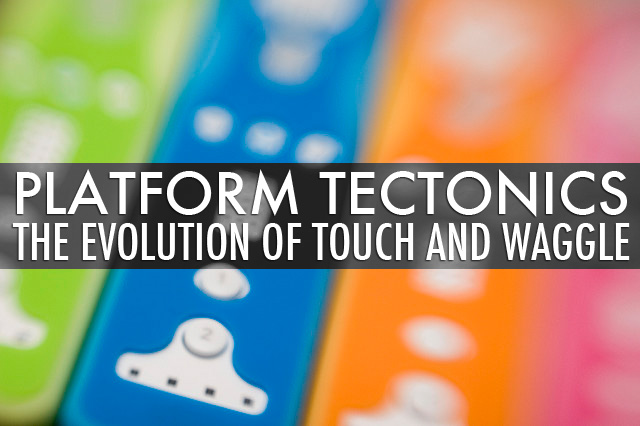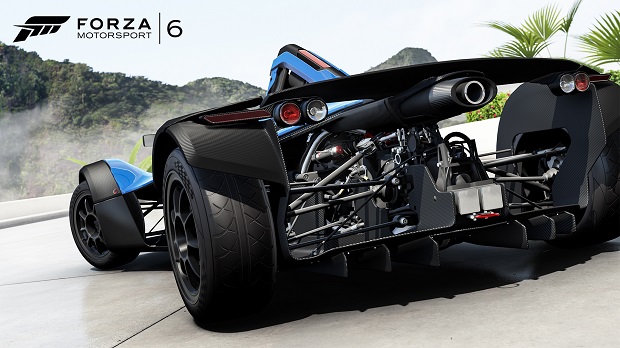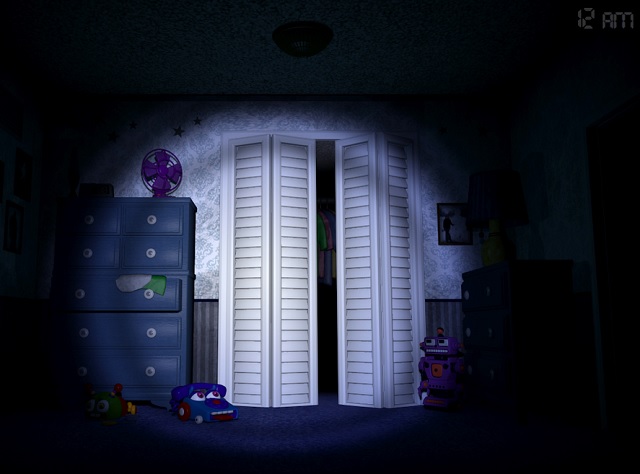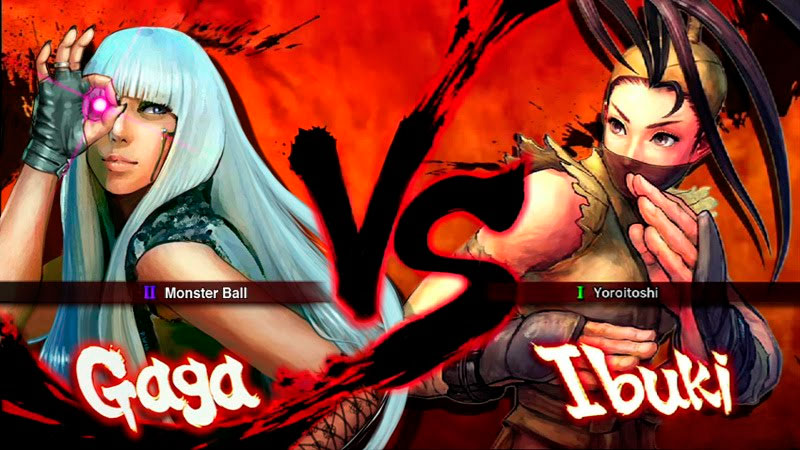


In the first part of Platform Tectonics, I laid out the disappearance of differences between the big modern gaming platforms.
As I mentioned in the last article, the Wii is the odd one out this generation, due to a number of reasons. First, the controls. The Wii - just like the Gamecube - doesn’t support a second analogue stick, and the motion control of the Wiimote doesn’t seem to accurately double as such. Then there’s the console’s underpoweredness. It’s just by far not as powerful as the other two, so it’s out when it comes to cross platform development. Big third party titles get a major downscale on the Wii and tend to be developed independently of the main game released on the ‘big’ two.
However, the biggest seller in sheer console numbers alone this current generation was the Nintendo Wii for quite a long time. This was due to various factors, novelty being one of them. The motion tracking controls, the happily flaying of arms to get things done on the screen, the limitless partygame potential. A Wii in every house. Well, not really, but at least over here in Germany I know almost nobody owning a ‘big’ console, while a lot of people - and most importantly a lot of people I’d never have figured owning a console - own a Wii.
The Wii sold (and sells, though those sales are down) mostly on the party factor, also known as the ‘couch coop’ factor. I guess it’s safe to say that in the short run, it paid off for Nintendo to keep out of the rat race of hardware craze. Is that also true in the long run? We’ll see about that. Especially since it would seem that Nintendo is about to continue that trend with the upcoming Wii-U.
In an effort to jump on that oh so lucratively shining waggle party game bandwagon, both of the big players developed their own motion control interface devices.The Wii’s success, however, spawned intense jealousy on the sides of Microsoft and Sony. In an effort to jump on that oh so lucratively shining waggle party game bandwagon, both of the big players developed their own motion control interface devices. Sony produced the Playstation Move, which skeptics say is almost a carbon copy of the Wiimote, and Microsoft the Xbox Kinect, which is the most revolutionary of those concepts since it’s a peripheral that does away with the ‘controller’ part. Despite this, either Sony nor Microsoft though were able to replicate the runaway success of the Wii. Which isn’t really surprising given the Wii’s wide spread reach and near market saturation resulting from it.
Due to waggle, which is a slightly derogative term for motion control input, it might SEEM that all three consoles became more alike, more exchangeable again. But that’s actually the opposite of what happened. The three motion control interfaces are all so radically different from one another that cross platform development hasn’t really taken place yet. Most titles for Move and Kinect are in-house developed, while some bigger cross platform games offer specific support for parts of the experience from one or the other. Dead Space 2 offered full Move support. Mass Effect 3 has a feature that lets the player give commands to the squad via Kinect. But those are just minor sales points rather than game changing must haves.
Another recent big development is touch controls. And that opens up a completely different can of worms - the mobile market. Android and iOS devices are fairly similar when it comes to games. The only reason for lack of more cross platform development on Android - or rather the comparative lack of games on Android vs. iOS- is seemingly widespread piracy on that platform. Hardware wise, the differences are minisucle at best. Here it’s mostly a question of distribution licensing, infrastructure and personal preference. The iOS crowd has more titles, the Android crowd more freedom - even if that sometimes means being only halfway legal. Android devices sometimes act like PCs for the pocket, running all kinds of emulators for older games like the SCUMM point and click adventures. There’s even a project underway to get DOSBox running on Android, and apparently some guy even managed to make Windows 98 to run on an Android device.
Those things aren’t possible on iOS, however the number of legally available games that don’t require 1337 hacking skillz in order to get them to run is much higher.
So while the ‘waggle’ market is highly divisive and no platform like the other, the touch market - at least on the smartphone side of things - is almost at a parity between the platforms. Interestingly enough, a lot of games available on the touch platforms are also available on Steam, PSN and XBLA. Which makes for ever more interesting cases of platform comparison. Of course all have their own advantages. The iOS / Android titles are priced way cheaper than the at-home hardware variants. That is, if the latter aren’t free flash games on Newgrounds or something along those lines.
The question is ‘does platform matter?’ - and in the case of touch, it sure does.Platform Tectonics looks at platform relevance and uniqueness. The question is ‘does platform matter?’ - and in the case of touch, it sure does. Take Super Crate Box for example. On PC it’s a free title with very tight controls that support a gamepad. On iOS, it’s a lot harder getting the controls to work, since the absence of actual buttons isn’t really helping the gameplay a lot. The other way round, playing Canabalt on the PC isn’t much fun, since it’s just not very special. However, On portable touch devices that game is pure bliss.
So platform does indeed matter for these titles, particularly with regard to waggle, - due to the games’ exclusivity to the individual platforms. It’s an interesting trend to observe that while the big consoles and PC games get ever more similar, there is indeed quite a disparity between games on touch and their ports / originals. Due to the unique features of the touch devices and the unique features of each individual motion control interface, those novel input methods produce quite different platforms themselves, that each have their own virtues and flaws.
Image credit: photojunkie via flickr




 Watch Dogs walkthrough guide: Bottom of the Eighth
Watch Dogs walkthrough guide: Bottom of the Eighth Watch Dogs Wiki .
Watch Dogs Wiki . Is Five Nights at Freddy's 4 Worth Buying, or Is It More of the Same?
Is Five Nights at Freddy's 4 Worth Buying, or Is It More of the Same? 8 Things You Probably Don't Know About GoPro Cameras
8 Things You Probably Don't Know About GoPro Cameras Lady Gaga Vs. Ibuki - SF IV fan art
Lady Gaga Vs. Ibuki - SF IV fan art